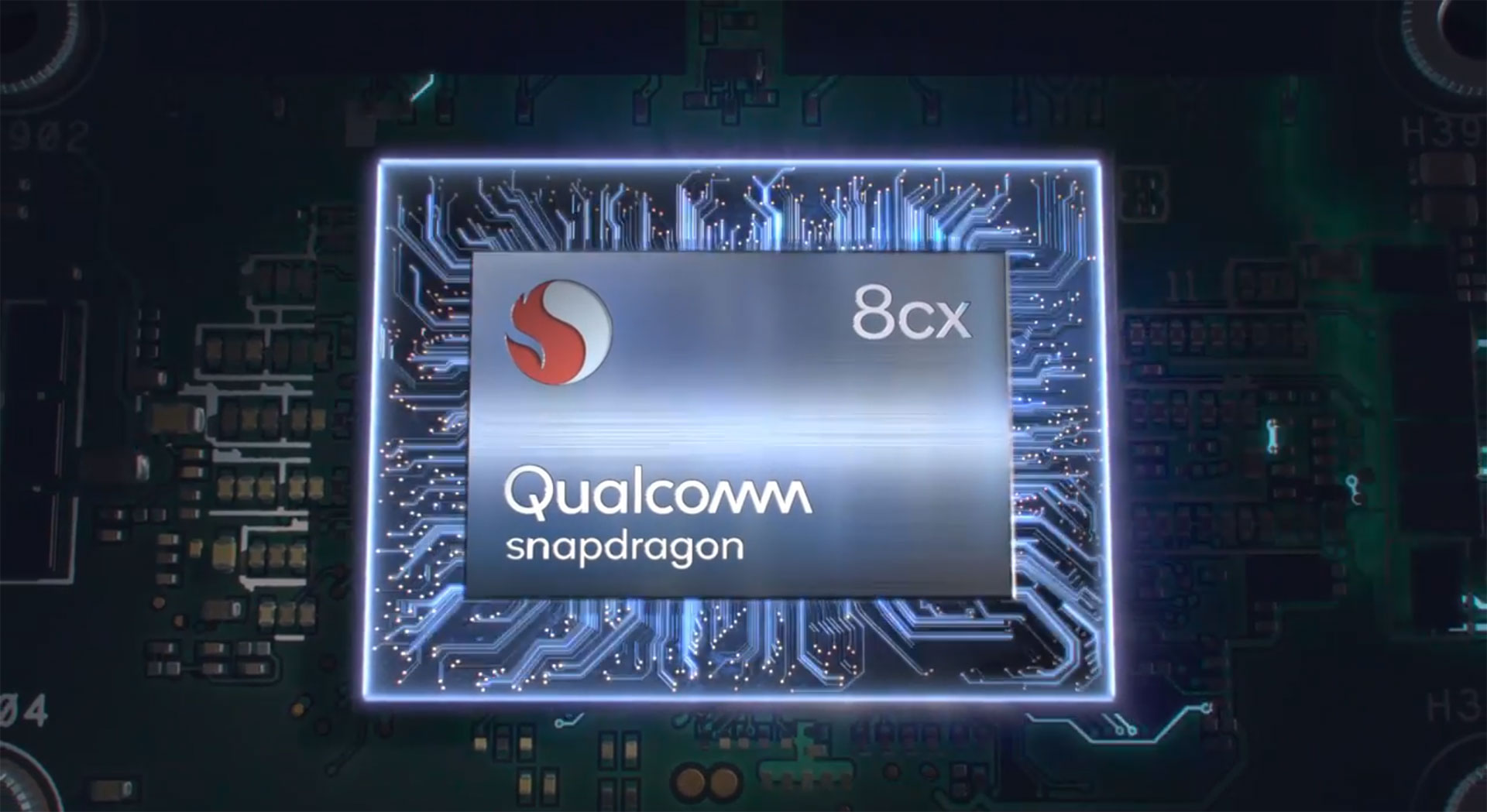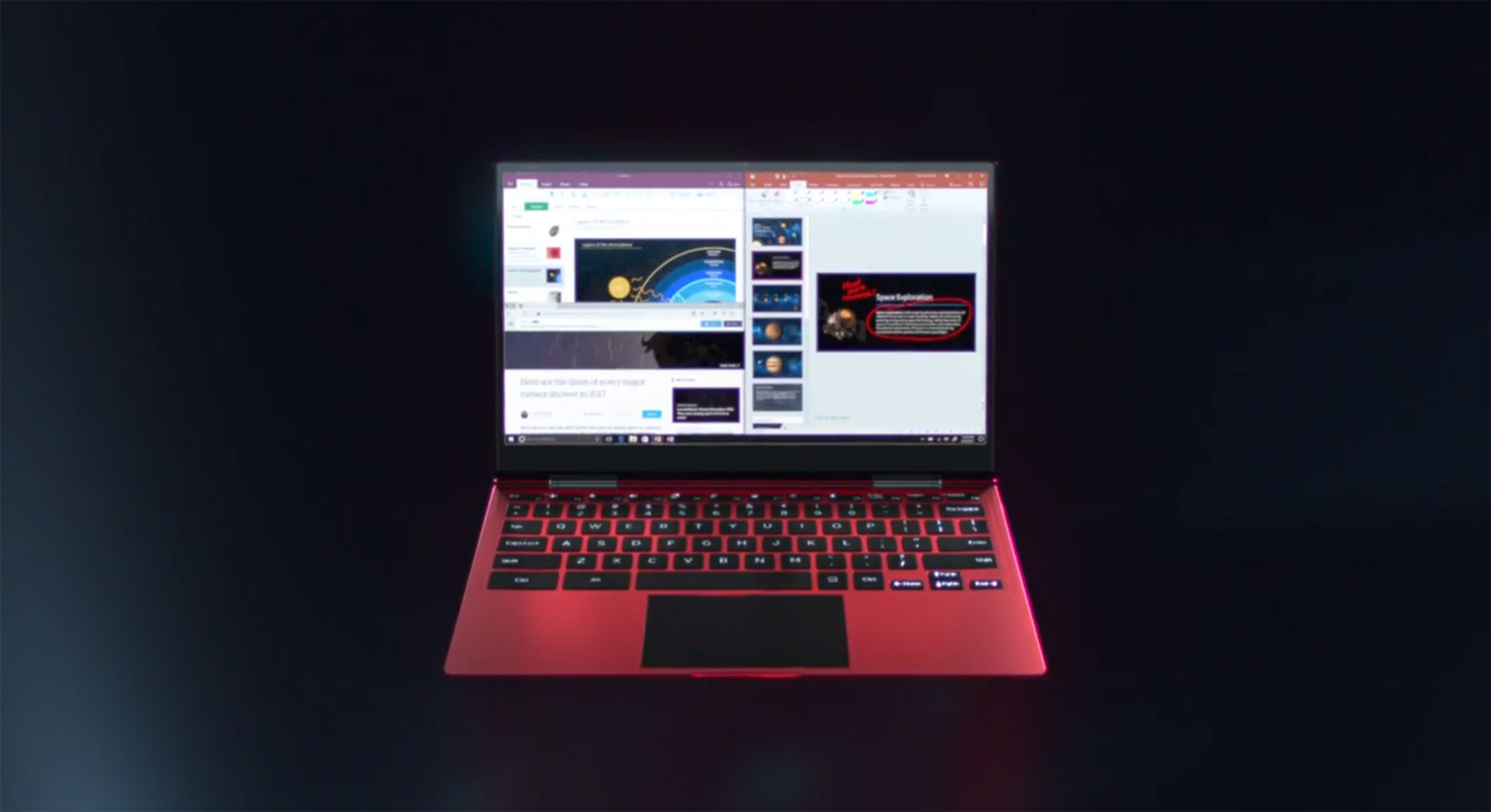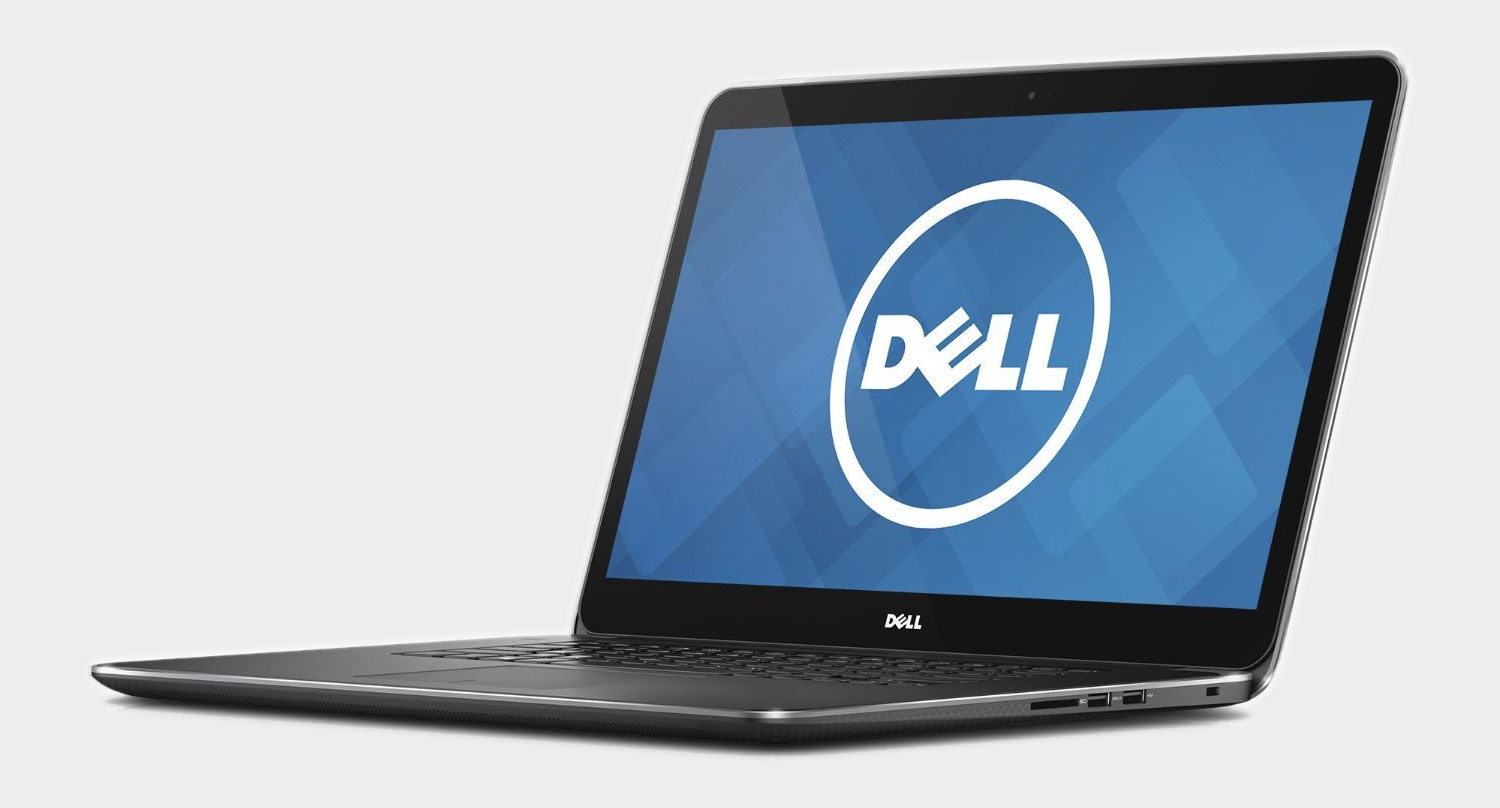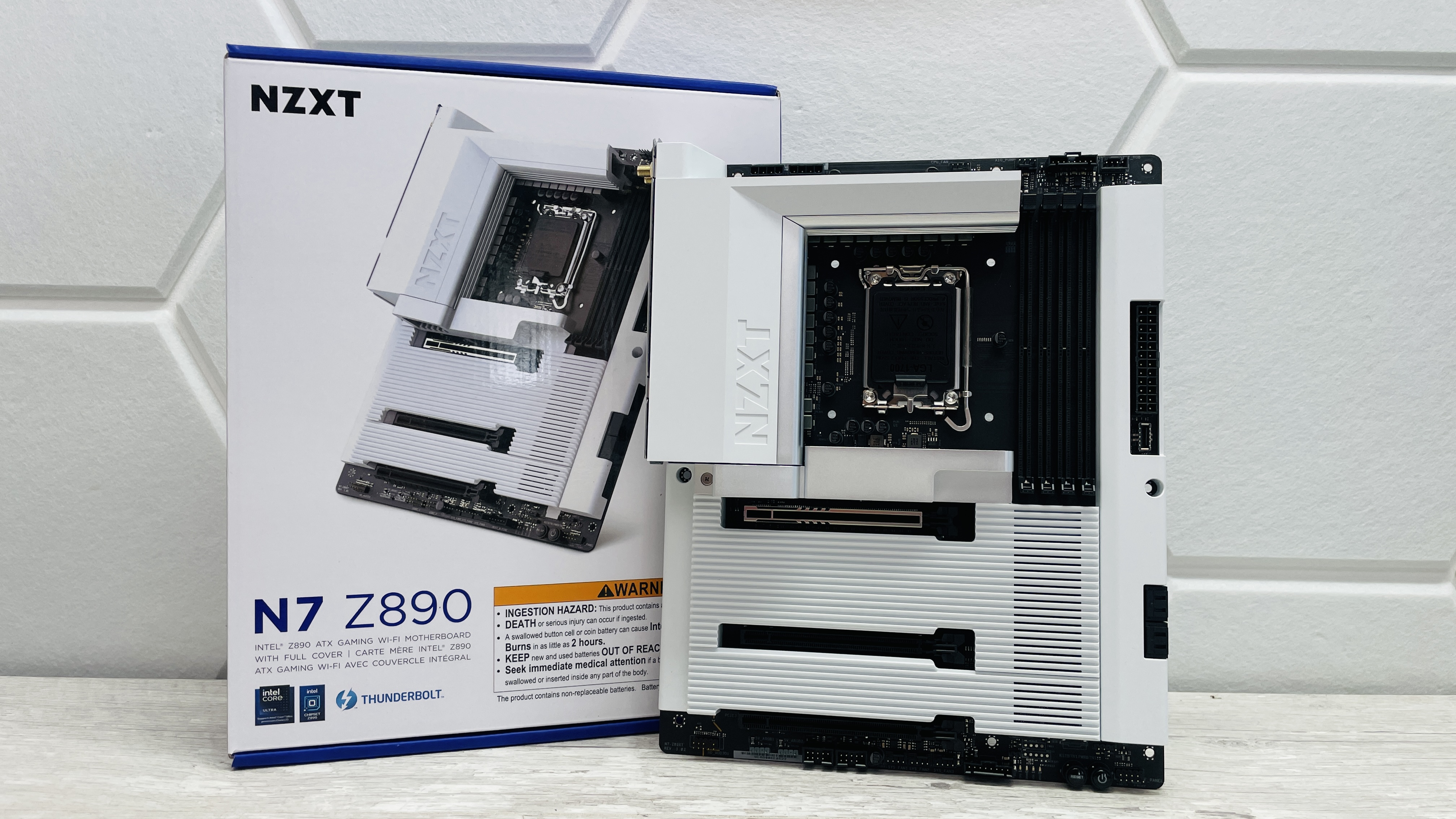Intel's reign over Windows laptops may be coming to an end
Qualcomm's new 8cx CPU is closing the gap between ARM and x86 CPUs.

For decades, Windows has primarily been the playground of x86 processors. While there have been a few forays over the years into other territory, the predominant platform has always been Intel's x86 processors, along with compatible chips (mostly from AMD). But Microsoft has been toying with alternative architectures again, and the latest approach is Windows on ARM.
If you hate acronyms and technobabble (sorry, both are in heavy use here), let me quickly summarize things. All of our electronics devices ultimately have a 'native' language that they speak. For Intel and AMD platforms, that language (architecture) is x86, or IA-32 if you prefer, and more recently the x86-64 extension for 64-bit support. But even though x86 has been a juggernaut, it's not the only option, and over the past decade ARM processors have largely taken over the mobile world.
ARM processors started out as extremely low power, but also lower performance, options for building smartphones. As microchips shrank in size and increased in complexity however, what you can fit into the palm of your hand has become substantially more potent. With all the work going into ARM processors, and their increasing performance, it's not surprising that Microsoft has added support. But what might be surprising is just how fast some of the ARM chips have become.
I don't want to get bogged down in talking about ARM, but suffice it to say there are multiple generations of ARM solutions. Windows on ARM requires the most recent ARM64 architecture, and it's a full 64-bit solution. That means devices can have plenty of memory, and with a bit of behind the scenes work (binary translation), it's even possible to run applications originally designed for x86 processors on ARM chips.

That brings us up to the present, and while there have been other Windows on ARM devices, Qualcomm is showing its new 8cx processor at Computex. Unlike many other ARM chips, the 8cx has a substantially higher power envelope of 10W, and it ends up in direct competition with Intel's Y-series and U-series ultramobile parts.
The Qualcomm 8cx is technically an SoC (System on a Chip), meaning just about every major function a device might need gets embedded into a single piece of silicon. Think of it as all the important stuff found in an Intel CPU and chipset, plus some extras. There's an 8-core Kryo 495 CPU, Adreno 680 GPU, 8-channel LPDDR4x memory controller, NVMe and UFS3.0 storage support, USB and Bluetooth, Wi-Fi 6 networking, an LTE modem, signal processing for a camera, and more. And it's all built using TSMC's 7nm process—the same process that's used for AMD's upcoming Ryzen 3000 and Radeon 5000 CPUs and GPUs.
But the kicker is that the Qualcomm 8cx is being built primarily to run Windows 10, and there are prototype laptops using the chip at Computex. Windows Central went hands on with one such laptop, using UL's PCMark 10 and 3DMark Night Raid benchmarks to check out performance. Let me quickly break things down.
Keep up to date with the most important stories and the best deals, as picked by the PC Gamer team.
In overall system performance, the Qualcomm 8cx laptop with a score of 4039-4139 was able to just edge out an Intel Core i5-8250U laptop (3894-3970) in application performance, running the PCMark 10 Application Benchmark that uses Excel, Word, PowerPoint, and Edge. The Qualcomm laptop was just a hair behind in Excel, but came out barely ahead in PowerPoint, with larger leads in Word and Edge. That's pretty crazy to think about: an ARM CPU beating an Intel CPU, while running applications compiled for x86 (so the ARM chip is technically playing with a handicap).
Moving on to graphics, things are even more in favor of the Qualcomm 8cx. In the 3DMark Night Raid test it puts up a score range of 5710-5815 compared to the Intel laptop's 5047-5055. That's a 13-15 percent lead, though that still includes some CPU testing. Focus just on the graphics tests and the 8cx is up to 25 percent faster.
In other words, performance is very respectable for general application use and even some graphics workloads. Video decoding for example is fine, as the 8cx can handle 4K 120fps video streams via hardware. But what does all of this mean compared to a real Windows 10 laptop—you know, something you can use to play games?
The i5-8250U has Intel UHD Graphics 620, which is basically the same as UHD 630 but clocked a bit lower. So when I benchmark a game and show Intel's UHD 630 struggling to run 720p at minimum quality at more than 30fps, that's the kind of graphics hardware we're talking about. Let me put it a different way: where the Adreno 680 plugs along at around 25fps in the first Night Raid graphics test, and 36fps in the second test, a top-shelf RTX 2080 Ti runs at 400fps and 670fps—over 16 times as fast.

Clearly I'm not talking about replacing your gaming desktop with a PC built around the Qualcomm 8cx. But your laptop is a different matter. Performance may only be comparable to an i5-8250U, which is quite a bit slower than the processors in the best gaming laptops, but it does have an ace in the hole. Battery life clocks in at an impressive 16 hours for office work, and 17.5-20 hours for video playback. And Qualcomm is really just getting started.
If Intel is worried about AMD's upcoming third generation Ryzen 3000 processors—and it should be—stuff like this has to be absolutely terrifying. This is two roughly similar laptops, both running Windows 10, but one of those laptops has to go through the extra trouble of translating certain requests. And it still wins out slightly in CPU and graphics performance, while absolutely killing Intel in battery life. It might be an order of magnitude slower than a modern Windows gaming desktop, sure, but my daily driver laptop is still running a Core i7-4702QM. I ran Night Raid and PCMark 10 on it as well, and it's even slower than the i5-8250U.
I'm very interested in seeing what the future holds for Windows 10 running on ARM processors. Could we eventually see high performance gaming laptops and desktops using such chips? Probably not in the immediate future, but 5-10 years down the road and it's certainly conceivable. That's assuming we're even still using Windows in 10 years, I suppose.
Jarred's love of computers dates back to the dark ages when his dad brought home a DOS 2.3 PC and he left his C-64 behind. He eventually built his first custom PC in 1990 with a 286 12MHz, only to discover it was already woefully outdated when Wing Commander was released a few months later. He holds a BS in Computer Science from Brigham Young University and has been working as a tech journalist since 2004, writing for AnandTech, Maximum PC, and PC Gamer. From the first S3 Virge '3D decelerators' to today's GPUs, Jarred keeps up with all the latest graphics trends and is the one to ask about game performance.


